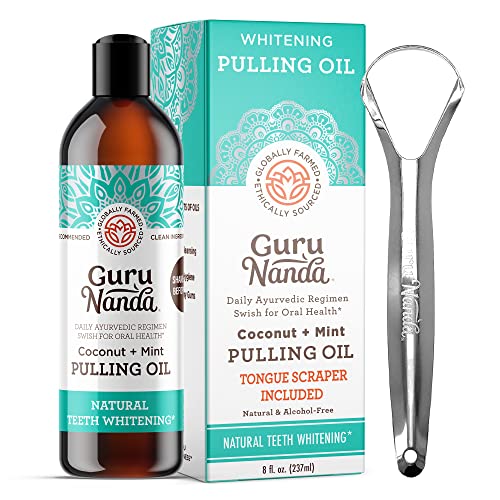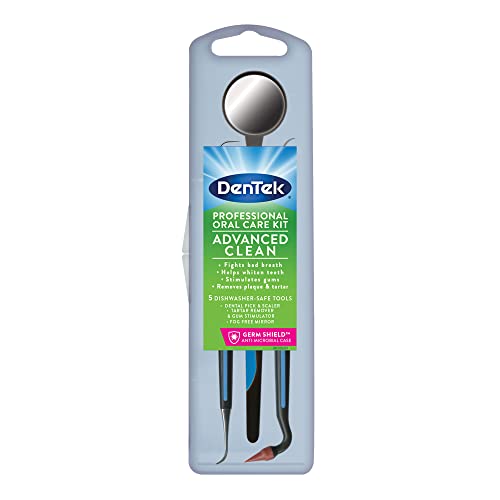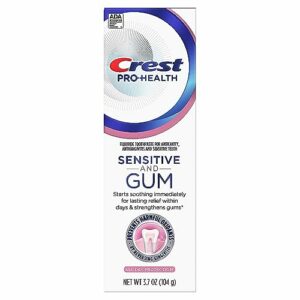In our step-by-step guide on how to prevent cavities in children, we aim to provide you with useful tips and strategies to keep your children’s teeth healthy and cavity-free. We understand the importance of oral health in children’s overall well-being, and we want to support you in ensuring their smiles stay bright and healthy. From teaching proper brushing techniques to promoting a balanced diet and regular dental check-ups, our guide covers all the essential steps you need to take to prevent cavities in your little ones. With our guidance, you can empower yourself to protect your children’s oral health and instill good dental habits that will last a lifetime.
Top-rated products for a healthy smile
Establish a dental routine
Teach children the importance of brushing their teeth twice a day using fluoride toothpaste. Demonstrate the proper technique by holding the toothbrush at a 45-degree angle against the gumline. Move the brush gently back and forth in short, circular motions. Encourage them to brush all surfaces of their teeth, including the front, back, and chewing surfaces. Remind them not to forget the tongue, as it can also harbor bacteria.
Emphasize the duration of brushing for at least two minutes each time. Set a timer or use a fun song to make it enjoyable. Encourage them to divide their mouth into four sections and spend 30 seconds on each. Remind them to be gentle and not scrub too hard, as this can damage the enamel.
By establishing this dental routine early on, we can help children develop lifelong habits that will contribute to their oral health.
Promote healthy eating habits
To promote healthy eating habits in your child, it is important to limit sugary snacks and drinks in their diet. Start by gradually reducing the amount of sugary treats and replacing them with healthier alternatives. Encourage your child to eat more fruits, vegetables, and dairy products that promote oral health.
When it comes to snacks, opt for fresh fruits, such as apples, berries, or grapes, that are naturally sweet and packed with essential nutrients. Keep a variety of cut-up vegetables, like carrots, cucumbers, and bell peppers, readily available for easy snacking. Offer your child a range of dairy products, such as yogurt, cheese, or milk, which not only provide important nutrients but also contribute to strong teeth and bones.
Make sure to explain to your child the importance of limiting sugary snacks and drinks for their overall health and oral hygiene. Encourage them to drink water or milk instead of sugary juices or sodas. By gradually introducing healthier options and educating your child about the benefits of a balanced diet, you can help them develop lifelong healthy eating habits.
Encourage proper brushing technique
To encourage proper brushing technique, it is important to teach your child to brush in gentle, circular motions and to reach all areas of their mouth, including the back teeth. Start by showing them how to hold the toothbrush at a 45-degree angle towards their gums. Demonstrate the circular motion they should use while brushing, emphasizing the importance of covering every surface of their teeth.
While they are learning, it is crucial to supervise their brushing routine until they can effectively do it on their own. Stand beside them and watch as they brush, offering guidance and correcting any mistakes. Encourage them to take their time and thoroughly brush all teeth, paying special attention to the hard-to-reach areas such as the back molars.
Remember, consistency is key. Reinforce the proper technique every time they brush their teeth and praise their efforts. With practice and your guidance, they will soon develop the skills needed for a thorough and effective brushing routine.
Introduce flossing
To introduce flossing to your child, start by flossing their teeth for them once their teeth begin to touch. This will help remove plaque and food particles that can get stuck between their teeth. To do this, take a piece of dental floss and wrap it around your fingers, leaving a small section in between. Gently slide the floss between each tooth, making sure to reach below the gumline. Move the floss back and forth in a sawing motion to clean the sides of the teeth. Be careful not to snap the floss as it could hurt your child’s gums.
As your child grows older, gradually teach them how to floss properly. Guide them in holding the floss between their fingers and maneuvering it between their teeth. Show them the correct technique of moving the floss up and down along the sides of each tooth, removing any debris. Encourage them to be gentle and not force the floss, as it could cause injury to their gums.
Remember, practice makes perfect. It may take some time for your child to become proficient at flossing, but with patience and guidance, they will develop this essential oral hygiene habit. By instilling the importance of flossing early on, you are helping to ensure their dental health for years to come.
Regular dental check-ups
Schedule regular dental visits for your child, starting from their first birthday. This is important because it allows the dentist to evaluate their oral health, provide preventive treatments, and detect any cavities early. Begin by finding a pediatric dentist who specializes in children’s dental care. Call their office and request an appointment for your child’s first dental visit.
Gather all the necessary documents, such as your child’s health insurance information and any previous dental records. On the day of the appointment, make sure to arrive a few minutes early to fill out any required paperwork. When you meet the dentist, explain that this is your child’s first dental visit and that you would like a comprehensive oral examination.
During the visit, the dentist will examine your child’s teeth, gums, and overall oral health. They may also take X-rays to get a better look at any potential issues. The dentist will discuss their findings with you and provide recommendations for preventive treatments if necessary. These treatments could include fluoride application or dental sealants to protect your child’s teeth from cavities.
Make sure to schedule the next dental visit before leaving the office. Regular dental check-ups should be scheduled every six months, but the dentist may suggest more frequent visits depending on your child’s oral health needs. Remember to follow the dentist’s advice and maintain good oral hygiene habits at home, such as brushing twice a day and flossing regularly.
By scheduling regular dental visits for your child, you are taking an important step in ensuring their oral health and preventing dental problems in the future.
Lead by example
To set a good example and encourage your children to maintain good oral hygiene, it is important to take care of your own dental health and demonstrate enthusiasm for dental care. Start by practicing regular and thorough oral hygiene habits, such as brushing your teeth twice a day for two minutes each time. Show your children that you prioritize oral health by making it a part of your daily routine and involving them in the process.
When it comes to brushing and flossing, let your children observe you doing it and explain the importance of these actions. Encourage them to join you in brushing their own teeth and make it a fun activity by using colorful toothbrushes and flavored toothpaste. Show them how to properly brush and floss, and be patient as they learn and develop their own technique.
Additionally, demonstrate enthusiasm for dental care by scheduling regular dental check-ups for yourself and your children. Talk positively about these visits, highlighting the benefits of maintaining oral health and the importance of preventive care. By doing this, you will not only set a good example but also cultivate a positive attitude towards dental care in your children. Remember, their observation of your oral hygiene practices and enthusiasm for dental care will greatly influence their own habits and attitudes towards dental health.
Promoting Healthy Smiles for Kids
In conclusion, we have explored various strategies that can help prevent cavities in children. By implementing a consistent dental routine, encouraging nutritious eating habits, teaching proper brushing techniques, introducing flossing, scheduling regular dental check-ups, and setting a good example, we can significantly reduce the risk of cavities in our children. Remember, prevention is always better than treatment when it comes to dental health. Let’s work together to ensure our children have strong and healthy teeth for a lifetime of smiles.
Simple Dental Care Tips
Making the most of your oral hygiene routine
- Choose a soft-bristled toothbrush that’s the right size for your mouth
- Apply a pea-sized amount of fluoride toothpaste on the brush
- Hold the brush at a 45-degree angle towards your gum line
- Brush gently in circular motions for 2 minutes, covering all tooth surfaces
- Don’t forget to brush your tongue and the roof of your mouth
- Rinse your mouth thoroughly with water after brushing
- Take about 18 inches of floss and wrap it around your middle fingers, leaving a few inches of floss for use
- Hold the floss tightly between your thumbs and index fingers
- Gently slide the floss between your teeth, following the curve of each tooth
- Move the floss up and down, making sure to clean both sides of each tooth
- Be careful not to snap the floss against your gums
- Use a fresh section of floss for each tooth
- Pour the recommended amount of mouthwash into the cap or a small cup
- Rinse your mouth with the mouthwash for the specified time (usually around 30 seconds)
- Swish the mouthwash around your mouth, making sure it reaches all areas
- Spit out the mouthwash and avoid swallowing it
- Do not eat or drink anything for at least 30 minutes after using mouthwash
- Remember, oral hygiene is important for maintaining a healthy smile and preventing dental problems. If you have any specific concerns or questions, it’s always a good idea to consult with a dentist or dental hygienist





























